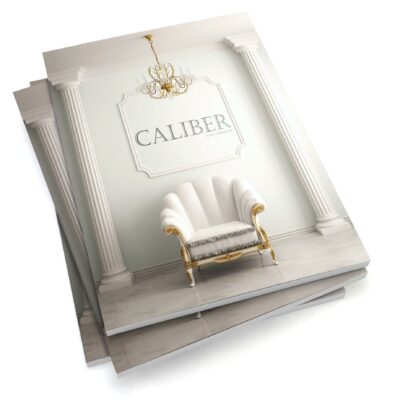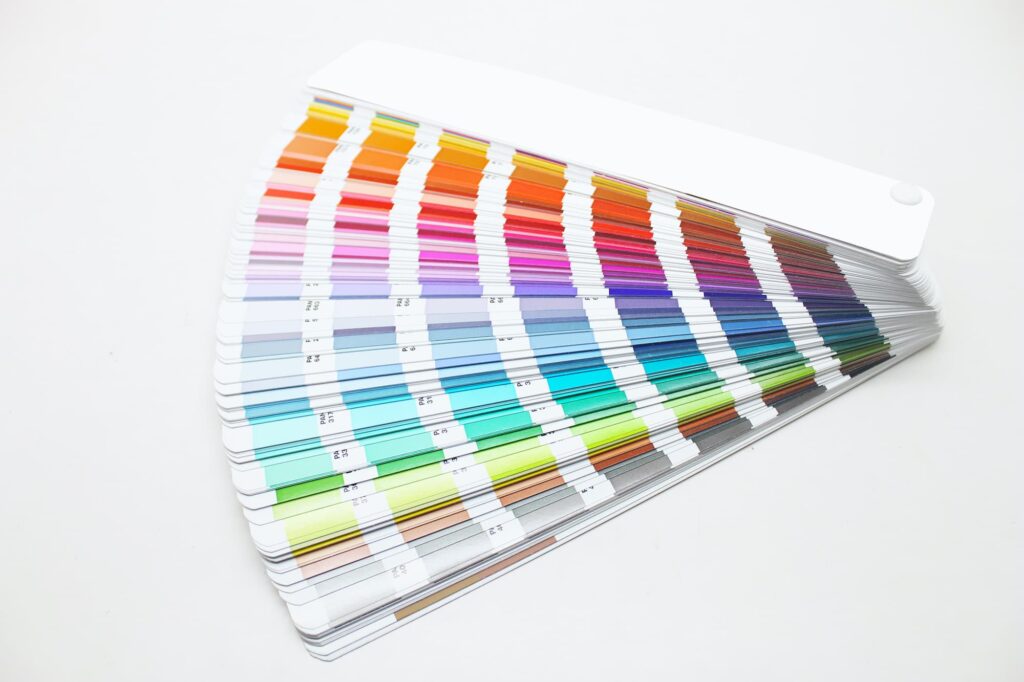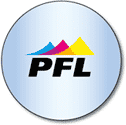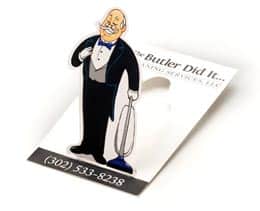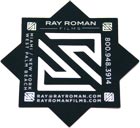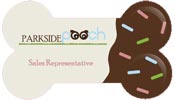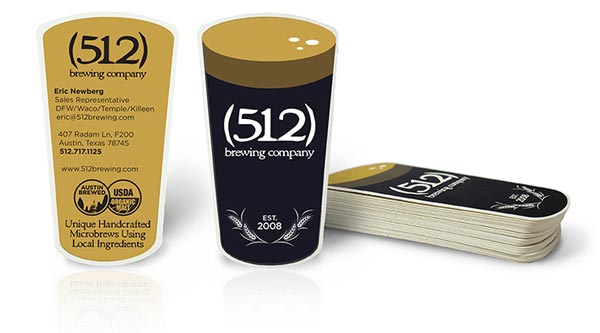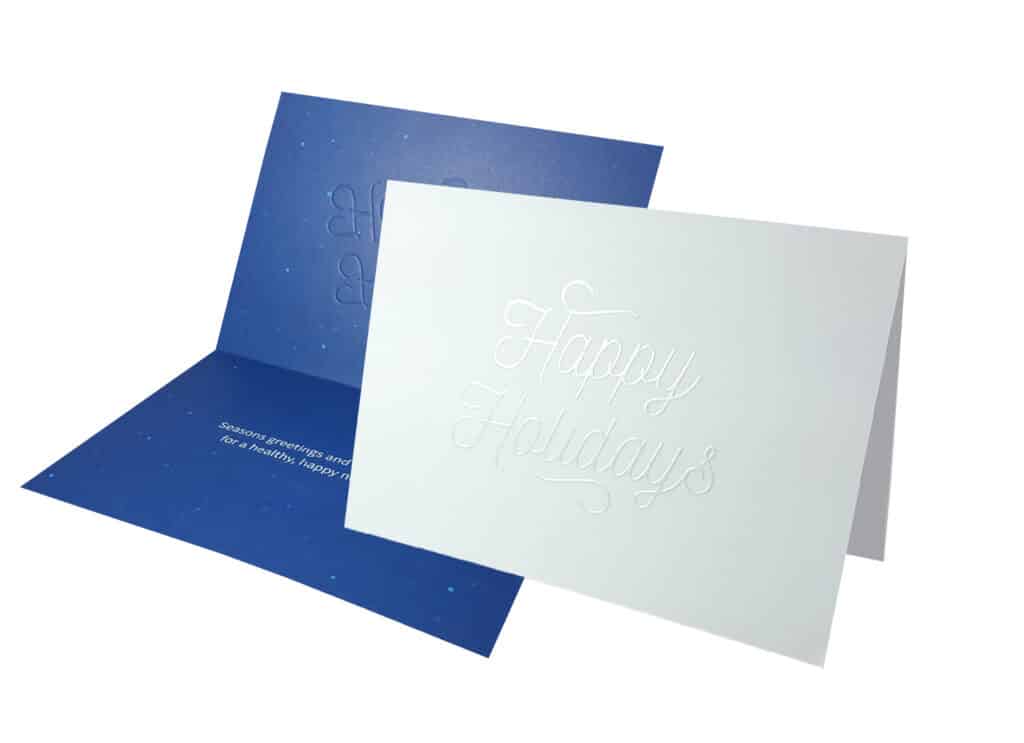Successful Direct Mail Campaigns
Direct mail is far from dead, in fact it is growing more effective in our digital, always-connected and always-distracted era. But, direct mail can be intimidating. It needs more work to measure, the creative can’t be cranked out of Canva and it certainly isn’t cheaper than digital outreach. At least not at first blush. Once you start to look at the return on investment for direct mail, you’ll see it is twice as effective at getting a response than digital methods.
How to Start a Direct Mail Campaign
Many of you have heard this before, but if you haven’t, the three keys to your success in direct mail are:
- The List
- The Offer
- The Creative
Clean Your List!
How important is your mailing list? It is responsible for 40% of the success of your mailing. If you have lots of bad addresses, your direct mail goes nowhere.
Unfortunately, the list generally gets the least amount of attention before a mailing. If you’re using your own customer list, be sure you have ‘scrubbed’ your list and eliminated any bad addresses – or updated any addresses that have changed due to customers moving, etc.
Need help? There is a National Change of Address (NCOA) database any good printer or mail house can use to check your list for address changes. People are added to this list when they fill out those ‘change of address’ forms at the post office.
The format of your address matters too – wrong punctuation, wrong spacing, and your mail goes into a dumpster. Again, any printer or mail house worth the money has software that checks address formats you have in your list to make sure they are valid. These services cost you a little money, but they are definitely worth it. Cleaning up your list costs less than printing a bunch of direct mail and throwing it in the garbage because it can’t even be mailed.
If you are renting a list for your mailing, make sure that the source is a good source that will provide good, ‘clean’ addresses that will get to the intended audience. Make sure that your list source is constantly updating their lists with address changes and eliminating bad, undeliverable addresses. Ask them when the last time their list was updated. If it was more than a month ago, you might want to dig a little deeper. Most reputable list sources are constantly updating their lists and records. They too know how important good, clean lists are to the overall success of the mailing.
Learn how to build a quality list
New mailing list alternative: Every Door Direct Mail®
A great money saver for businesses whose target market is location based, like a single city, zip code or radius from a physical location. Easily mail to every resident or business within a specific mail carrier route for significantly less total mailing cost per piece.Pick an Offer for Your Direct Mail
Whatever the direct mail piece, you should always, always include some sort of offer or incentive to take an action. Coupled with the offer is the “call to action” itself where you tell your recipients exactly what they are supposed to do after receiving your direct mail piece.
Often, businesses will turn their creative execution (and copywriting) over to a designer or agency that may not be as familiar with the keys to direct mail success. And the work they produce, while visually attractive, may be missing critical elements.
Be sure to work with your designers and make sure they understand that the creative they come up with emphasizes the offer and includes a call to action. It is your job to provide the content for the offer itself – and make sure you give it your best shot. Don’t expect much response if you’re only offering $1 off your next purchase of $100 or more. Make the offer as attractive as you can while still being profitable. You may need to experiment to get the optimum balance between response rate and profit margin.
Use Direct Mail Creative that Drives Results
Direct mail creative is different than other marketing creative. Here are the important elements to keep in mind.
Format. Understand both what you’re selling and your target market. Should you try to sell 6-pack of soda to a general consumer audience using a 9×12 envelope with a letter, and a brochure? That sounds like overkill for soda!
Should you try to sell a yacht to a filthy rich audience with a small, 4×6 postcard that didn’t even splurge for custom print effects? You’ll look like a loser.
However, I repeatedly see the second example come through our press room over and over again. Budget conscious businesses are skimping on their format trying to save a buck – but killing their response.
Don’t focus on cost of the printing first, focus on the format that will resonate with your audience and give your product the space it needs to shine. Once you have chosen the right format, then you can look for ways to cut costs and get the best return for your print investment.
Copy. Copy takes a back seat to visual elements. This is a mistake! Headlines are absolutely critical for communicating your value, and value is what turns people into customers. It’s simple – use your headline to communicate your offer and your product/service. I should be able to glance at a headline and know what you’re selling and understand your offer.
It may take a little time and some word-crafting, but keep at it till you find the right mix that communicates everything you need – in as few words as possible. Your call to action is as important as the offer. Make sure your call to action is clear and concise. Don’t confuse the recipient with too many response options (phone, fax, email, web address, etc.). Point them in one direction for the best response. Double-check your contact information before you mail. It’s an expensive mistake to provide a bad phone number or misspell an email address.
Give Your Direct Mail the ‘Billboard Test’
Regardless of the format of your mailing (letter w/ envelope, postcard, package, etc.), give a mock-up to a non-biased third party for their review. Let them look at the piece for 5 seconds and only 5 seconds (roughly the amount of time you have to digest a billboard as you drive by one on the freeway – hence the ‘billboard test’). Take the mock-up away from them after 5 seconds and ask them:
- What is the product or service being sold?
- What offer is being made?
- What are they supposed to do as a result of getting the mailing?
If your third-party tester can correctly answer these 3 questions after reviewing your piece for 5 seconds, you have accomplished your goal. If not, it’s back to the drawing board.
Building a Quality Mailing List
If you are just getting started on marketing your business with direct mail and email marketing, building a quality list should be your top priority. It doesn’t do any good to have useful content or valuable offers if you don’t have any way to promote them or anyone to promote them to.
Assembling Your List
When it comes to building an email or direct mail list, it’s important to put quality ahead of quantity. The first step is to take a look at your existing customers. Do you have physical addresses for them? How about email addresses? Maybe your customer contact information lives in an existing ‘rolodex’ like Outlook, ACT, Goldmine, Salesforce.com, or in a drawer in the form of business cards with a rubber band around them. Whatever the case, you have a list in the making.
Segmenting Your List
Next, take a look at your list and see if there are any logical segments. In what ways can you slice and dice your list to send your customers more relevant content through email or direct mail? These segments could include gender, past purchase history, industry, order frequency, etc. If you are able to segment your list up front it may help you target your customers with specific content, making your communications more meaningful and driving greater sales.
Growing Your List
Lastly, just because you have a list of current customers doesn’t mean you’re done. You should strive to continually grow your list. Evaluate every customer touch point whether in person or online and put in place a plan to offer your customers the opportunity to join your list at each touch. For example, your website should include an online “Join My Mailing List” button. Give your prospect an opportunity to provide their physical mailing address by offering a free catalog or sample kit. Research has shown that 60% of your customers will provide their contact information to you if you ask. If you aren’t asking, you are letting a valuable asset walk right out the door.
A Clean List: The Foundation of a Successful Mailing
Most businesses have learned that a targeted recipient list, a compelling offer, a call to action and the right timing are all essential parts of a successful direct mail campaign. Yet all these important elements depend on one critical factor – having solid addresses on your list. Misfiring on your mailing list can make an otherwise well-planned mailing a disappointing failure.
Keep it clean and lean
As someone who handles a lot of mailing lists, I see common problems that can lead to delays or inaccuracies in mailings. The good news is that it’s not difficult to get your mailing list in good shape. Here are some easy tips to help you create a clean list and save you time in working with your mailing services provider or mail house.
Why leave it up to someone else to guess at the right address or proper ID to use when your marketing dollars are at stake? Here are some easy tips to ensure your mail house can execute accurately on your mailing to help you maximize your response rate.
- Export only the info needed for mailing, when possible. Many contact database programs have wizards that make it easy to specify which fields to export. Skip the phone numbers, email addresses and other data that isn’t relevant for addressing.
- Make column headings or field names clear. If you have multiple address fields, label the column you want to use as the primary address as “Mailing address.” This will help you better manage the data for future mailings and takes the guesswork out of addressing your mail pieces.
- When you need to include Customer IDs in the mailing, instruct your mailing services provider on which fields to use to ensure accuracy.
- If the software that generates your list can export the data in a variety of formats, check with your mail house staff on the best format to use. They can advise you on what format would be both easiest for you to manage, and a format they can use to process your list.
- If the list will be broken into separate mailings, such as staggered mailings with weekly drops, let your mail house know how you want the delivery sequence to happen. Which states, regions or customers should get them first, second, and so on? A good mail house can work with you to sort or split the list based on your plan.
- To help avoid delays, take a few minutes to review your list before sending it to your mail house. If it looks confusing, seems to be missing critical address data or doesn’t match your instructions, use the tips above to clean it up or call your mail house for assistance early in the process.
Following these simple suggestions to create a clean mailing list will help ensure your mail goes out to the correct addresses on time with the info you want included. Yet a clean list is only part of the equation for successful mail delivery. There are some additional steps that your mailing services provider can do to help you get your mail where it needs to go.
Tools of the trade
You may have the right addresses for your target audience, but that doesn’t mean the U.S. postal service can deliver mail to them. Formatting errors, typos and roving recipients in the list can reduce the number of pieces that get delivered successfully. That’s where two services performed by most mail houses come to the rescue: CASS and NCOA.
CASS stands for Coding Accuracy Support System
CASS helps improve the chances of your mail pieces being delivered to the right address. “CASS Certified” software is used to format addresses according to postal requirement and to identify addresses which are deemed “Undeliverable As Addressed,” or UAA. This not only helps flush out any incorrect addresses that need fixing, it also saves you money by removing the UAA addresses from the mailing. The rule of thumb is that, more often than not, mail sent to UAA addresses are not delivered and not returned. Your mail house can help you decide how to best handle the “bad” addresses for your mailing needs.
While the CASS service certifies the validity of an address, it does not check whether the occupant is still at that address. Mail houses have a second trick up their sleeve to locate a person or business’ current address, called NCOA.
NCOA refers to the National Change of Address
The NCOA service checks whether the mail recipient has moved and updates the address before the mail is sent. Your mail house can then send you the updated list to help you keep your address records current.
NCOA is a great option for certain types of mailing lists. Consider using it if you are targeting specific individuals or businesses. If you are blanketing a given neighborhood or zip code, CASS may be sufficient – especially if you want the address set up to say ‘OR CURRENT RESIDENT’, or another generic name.
Keep in mind that NCOA does not make your list 100% deliverable. Misspellings, movers who do not file change notices or incorrect move notices will still cause a First Class piece to be returned.
By working with a mailing services provider to manage your mailing list, you can increase the number of mail pieces that reach their targets, reduce your mailing services costs, and ultimately boost response rates on your mailing campaign.
Give us a call to find out more about how Printing for Less can work magic on your mailing, or visit our Mailing Services Help Center at Mailing Services Guide. We can also provide you with a mailing list to best target your marketing efforts. Call us for details.
Direct Mail Creative that Works
Matching the design of your direct mail piece and emails to your company’s image may seem like a daunting task, but can actually be fairly simple. Start by taking a look at your Web site (if you have one). Is there a central theme or consistent colors that are used throughout? If you already have some branding in place, carry that look & feel over to your email template or direct mail piece. By creating a consistent image, your customers and prospect will begin to recognize your company just by the tone of your marketing materials.
Direct marketing involves more than just creating a pretty postcard or email to send to your target audience. There are some critical elements that need to be included to optimize your results and get a better return on your printing and email investment.
- Offer – What incentive have you included to get your audience to respond? The offer doesn’t have to be hard dollar value. Maybe it’s a demo, a free sample, or a useful article or whitepaper.
- Call-to-Action – How does your reader redeem the offer? Do you want them to call you? Email? Visit the Web site? Send in a reply card? Whatever redemption process you choose, make it clear to the recipient.
- Response/Contact Information – Don’t forget to include your contact information. Put it in bold right up front so the reader can’t miss it!
The next step is to test the effectiveness of your next email or direct mail piece. Give a sample to an unbiased friend and have them look at it for 5 seconds (and only 5 seconds), then put it down and ask them these two questions:
- What is the product or service being offered?
- What is the recipient supposed to do after receiving this postcard or email?
Use the headline to effectively answer the two questions above. Be sure to include a compelling offer – and call it out graphically so it grabs attention.

